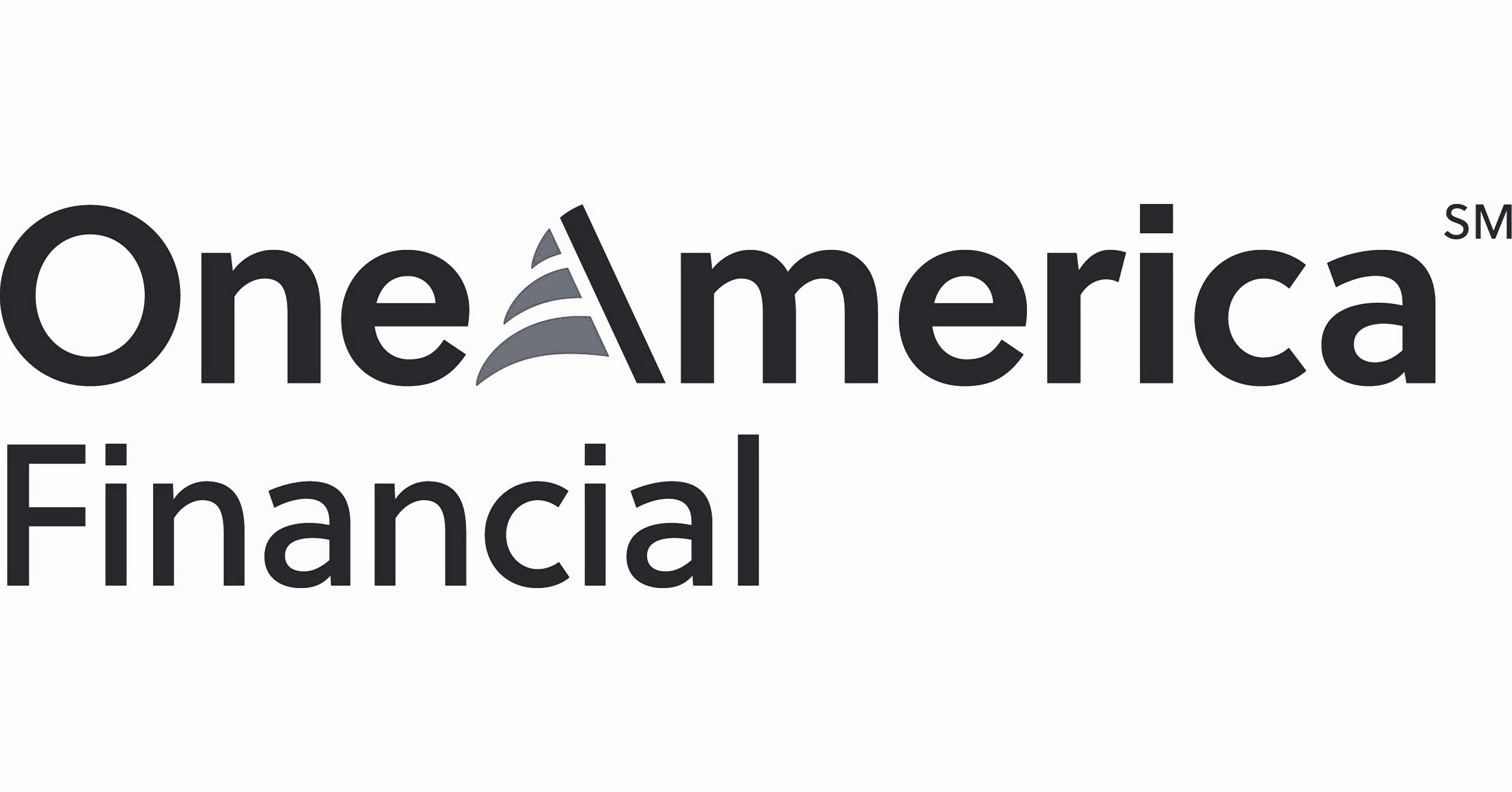

Author: Veronica A. Fernandez, PhD
Co-Author: Dorothy M. Sanchez, MSEd
Evidence consistently demonstrates that programs are more successful when they have effective and efficient leadership (e.g., Ehrlich et al., 2019; Dennis & O’Connor, 2013; Lower & Cassidy, 2007; Muijs, Harris, Chapman, Stoll, & Russ, 2004; West-Olatunji, Behar-Horenstein, & Rant, 2008; Whalen et al., 2016). In fact, researchers have found a significant, positive association between the quality of ECE leadership and teacher-child interaction quality (Ehrlich et al., 2019; & Rohacek et al., 2010), as well structural classroom quality (Lower & Cassidy, 2007; & McCormick Center for Early Childhood Leadership, 2010 ). In other words, children in programs with strong and effective leaders experience more emotional and supportive interactions within environments that are intentionally set up and conducive to development and learning, than children in programs with lower quality leadership.
In addition to being critically important for the success of programs for teachers, families, and children, the role of an ECE leader can also be challenging. Leaders have multifaceted roles and numerous responsibilities. Effective leaders strive to facilitate a positive professional climate and support teachers in their practice and growth. And they work hard every day to ensure children and families in their programs experience high-quality services and supports.
In the webinar, we briefly discussed comprehensive leadership and knowledge, skills, dispositions, and resources that a leader needs to be successful. We also shared our practical and evidence-based approach for facilitating responsive dialogue: OCURD. Here, we further unpack this approach within the context of a relatable example.
How did we develop OCURD?
We have successfully supported the implementation of our comprehensive and evidence-based coaching approach with hundreds of ECE teachers, coaches, and leaders. Central to our approach is responsive dialogue, in which we use inquiry (i.e., intentional questions) to facilitate thinking, understanding, planning, and reflection. Our coaching approach results in meaningful, continuous, and sustained quality improvement while establishing and maintaining collaborative partnerships. Although our approach is effective, several ECE leaders communicated that they also needed a quick and easy way to address and solve challenges that require immediate and direct action. As a result, we integrated some of the guiding principles of our approach and developed OCURD.
What is OCURD?
OCURD is an efficient, versatile, and flexible approach for facilitating responsive dialogue. It can be used by anyone, in a variety of roles (e.g., directors, coaches, supervisors, co-teachers), across various contexts, such as to highlight strengths, engage in strategic planning, address concerns, and problem-solve together. In response to the expressed needs of ECE leaders for the webinar, we focused on applying OCURD within the context of challenges.
Below we briefly describe the components of the OCURD approach. The components do not have to be used in this order; you can vary your use of OCURD to fit the context and adapt to the individual or group with whom you are engaging. The acronym, OCURD, can help you remember the components — you can ask yourself, “what occurred?”
Objective: State what occurred/the topic (e.g., something you observed or something that was shared with you); remain objective and without judgment; be specific (e.g., I noticed…).
Connect: Connect with your team by asking questions, listening intentionally, and genuinely validating (e.g., effort, ideas, feelings, concerns…). Follow up and validate effort and progress. Encourage connections among staff to promote collaboration.
Understand: Ask questions to understand their thinking and actions; don’t make assumptions or communicate judgment.
Rationale: Communicate the “why” (rationale) behind the expectation or rule, rather than focusing on compliance. Explain or ask why it is important and how it benefits children, families, staff, and/or the program.
Do: Think together to co-construct a plan defining clear, solution-oriented actions for making progress. Ask questions so that they have ownership over their plan, rather than dictating a solution.
Why is OCURD a more effective approach?
Most ECE leaders report that they try to use a “strengths-based approach,” even when addressing challenges with their team. The most common approach is typically referred to as a “compliment sandwich,” in which the negative feedback or issue is nested between positive statements. Although popular, the “compliment sandwich” approach tends to not be effective in producing significant and sustained improvement. In fact, the negative feedback can dilute and outweigh the positive acknowledgment.
In the webinar, we shared three scenarios. In the first one, the director noticed a health and safety issue and discussed it one-on-one with the teacher. In the second example, there were ongoing challenges about the playground schedule, which the director brought up in the weekly team meeting. In the third example, a teacher approached the director about a challenge that she was experiencing with family engagement. In all three instances, the director used OCURD to facilitate responsive dialogue.
Let’s compare the two approaches — the commonly used “compliment sandwich” and OCURD — as we look more closely at the first example:
The director went to Ms. Jenny’s classroom to pick up the attendance roster. As Ms. Jenny is putting away the last two cots, her mask is below her nose. Given the current importance of COVID health and safety precautions, this is something the director must address right away, rather than making a note to discuss it during their weekly meeting.
If the director uses the “compliment sandwich” approach, she might say something like:
“Thank you for completing the attendance roster, Ms. Jenny.
I want to let you know that I really appreciate that you’ve been thoroughly cleaning the classroom after the children leave every day. Thank you for doing that!
Sometimes, though, you wear your mask incorrectly — I saw that it was not covering your nose. Remember that you have to wear your mask properly at all times because that’s our COVID protocol.
Keep up the great work cleaning the room and remember to follow all of the COVID protocols.”
Let’s ask ourselves some reflective questions:
The communication, although respectful, was in one direction: the director communicated and expected that the teacher would listen and comply. The director did not engage in a conversation with the teacher. In fact, the teacher did not have the opportunity to share her perspective, explain the circumstances, or think through potential solutions. This teacher might think that the director does not value her feelings or understand how challenging it is to adhere to new protocols, while still accomplishing all of her other responsibilities. This interaction would not contribute to a collaborative partnership between the director and the teacher. Sure — it may prompt the teacher to wear her mask properly in the short-term, especially when the director is nearby, but this change is driven by forced compliance. And compliance-driven change is not typically sustained.
Now let’s consider the conversation if the director uses the OCURD approach:
Director: Thank you for completing the attendance roster, Ms. Jenny.
While you were putting away the cots, I noticed that you had your mask under your nose (objective). I know it’s difficult to keep the mask on all day and it can be really uncomfortable (connect). Was there a reason for having it off at that moment (understand)?
Teacher: I make sure to keep it on when I’m interacting with the children. But when I’m handling the cots, it’s a lot of lifting. So when I breathe heavily and start to sweat, my glasses get all fogged up. Then I can’t see where I’m going and I’m afraid I’m going to fall.
Director: Oh wow. I hadn’t even thought of that other potential safety issue. I totally agree that you need to see where you’re going (connect). I wonder if there is a possible solution that can prevent fogging? (do)
Teacher: Umm… Maybe a spray or a special type of mask.
Director: Yeah, possibly. How about we both (connect) lookup for a more permanent solution to prevent the fogging so you can keep your mask on? (do)
Teacher: Yea, I can search for some things online.
Director: Perfect. I will look too. If we find something that you think could work, I will purchase it for you. We can also ask some of the other teachers who wear glasses too (connect). It’s important that we all wear our masks at all times, even when we’re not interacting with the children so that we all stay healthy and safe (rationale). Let’s check back in tomorrow morning after we both have looked up potential solutions (do). We can try different things and figure out what is the most comfortable for you. (connect)
Teacher: Sounds good. Thanks!
Now, let’s think about those reflective questions again.
This teacher feels valued and heard. The director connected with her by acknowledging her feelings and made an effort to understand by asking intentional questions. The teacher had the opportunity to express the underlying cause of the issue. By engaging the teacher in responsive dialogue, the director empowered the teacher to contribute ideas to find a solution. In addition to communicating the expectation (wearing a mask properly), the director explained the rationale behind the expectation (everyone’s health & safety). This approach provides clarity and motivation, which increases the likelihood that the improvement will be sustainable and promotes self-reflection for the future. OCURD focuses on shifting the behavior and the mindset.
How will you use OCURD?
Think about your current communication approach. Are you already implementing some of the OCURD components? Are you engaging your team in responsive dialogue? Do you facilitate authentically and shared problem-solving? When you address a challenge, does your team feel heard and valued? Are you willing to give it a try?
At first, facilitating responsive dialogue by using the components of OCURD may feel unnatural — for you and your team. It will require thinking, planning, and practice. But as you become intentional about using the approach, it will become intuitive and progress will become apparent. If you implement OCURD consistently, you will note an improved culture of collaboration with and among your team, as well as meaningful and sustained quality improvement.
And as a final note, we want to emphasize that OCURD is most successful within the context of established collaborative partnerships. We encourage leaders to build authentic connections with their team — get to know them as individuals, facilitate and encourage collaboration among them, explicitly acknowledge their effort, share positive and affirming observations and feedback — so that your dialogue is not solely focused on discussing issues, addressing challenges, and problem-solving!
Since our time and space here are limited, we can only briefly introduce OCURD. If you want more information about OCURD, our more comprehensive coaching approach, or to inquire about PD offerings, please reach out to us at qcrgmiami@gmail.com.











I have been to management workshops, not leadership training. This has totally changed my perspective and encouraged me to propel forward in developing my skills.
I am honored and humbled to be a recipient of the Region 9 Head Start Association’s Legacy Scholarship. The scholarship helped me get one step closer to achieving my goal of becoming a Head Start Director.
I took part in The disproportionate impact of COVID 19, and how to provide “real” support for black/brown children and families and I just want to say this was an amazing webinar. I hope we can look forward to further conversation on this topic.
Thank you so much for making events like this! I really enjoyed and learned so much teaching strategies to implement STEM in the classroom.
The HR Network was an excellent opportunity to network and learn the best practices from other HR professionals within Head Start programs. You will be amazed by the level of talent and experience of the participants.
The Summer Camp training was powerful and inspiring! Each presenter was very engaging, it’s hard to even pick a favorite session!
The Leadership Challenge training was very relevant to my work as a Head Start leader! Great facilitation; stayed with the program yet allowed time for individual and small group reflections.
Regular price $12.00

Regular price $39.00




Questions? Contact us at headstartr9@region9hsa.org.